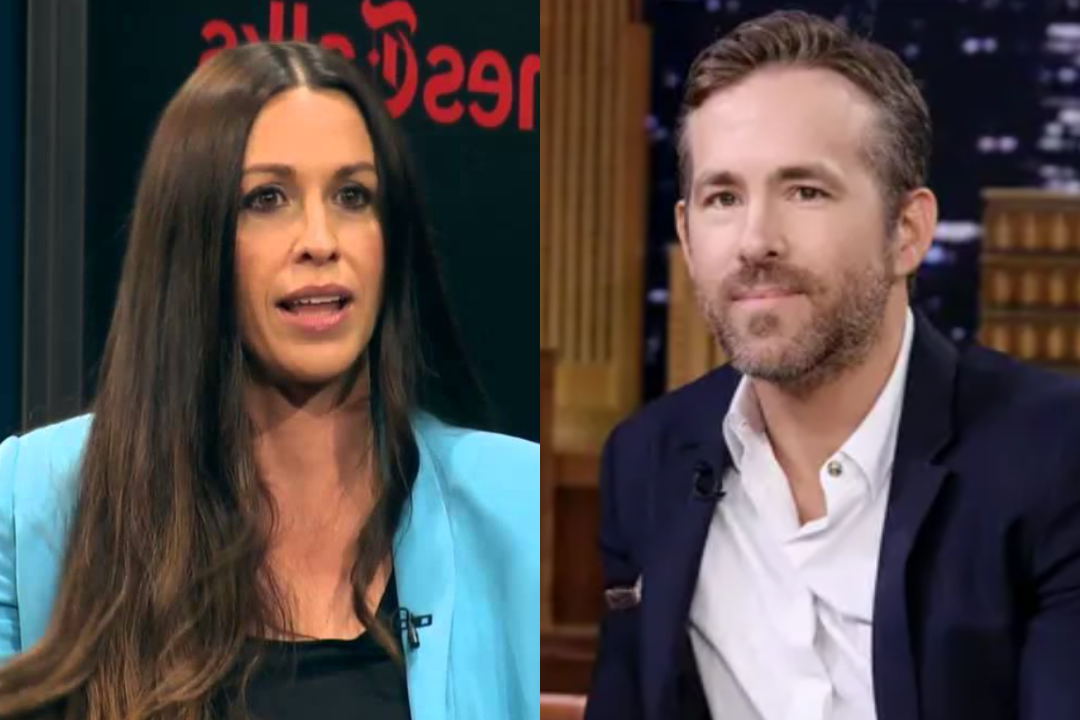How Jennifer Aniston Had Once Become the “face of the late-30s female condition”

via Getty
BURBANK, CA – SEPTEMBER 12: (EXCLUSIVE, NO U.S. TABLOID SALES) Jennifer Aniston of the hit NBC series “Friends,” performs during one of their last shows on the Warner Bros lot Sept. 12, 2003 in Burbank, CA. “Friends,” which is in its ninth and final season, debuted in 1994, has won 44 Emmys, and is one of the biggest successes in television history. (Photo by David Hume Kennerly/Getty Images) This image is not included in any subscription deal. Use of this image will incur a charge.
The NBC sitcom, Friends, pervaded the transcripts of the show to enact the obligatory phase of the millennials through their character growth and evolvement. One of the tantalizing examples of such a trait was bestowed on Jennifer Aniston. Her portrayal as New York City’s adulting Rachel Green had just come to the doorway of the audience back then. The pilot episode commenced with Aniston’s transition from a daddy’s princess to an empowering woman in her prime time, making her the face of the childless women of the day.
Well, it might seem like an achievement on this day, but back then, the idealization had an underscore of propaganda and orthodoxy.
Why did Jennifer Aniston become the representative of childless choices?
ADVERTISEMENT
Article continues below this ad
From reigning the era with her ‘Rachel’ haircut to sweeping the generation’s wardrobe choices with turtle necks and plaid skirts, Jennifer Aniston went beyond the chaos of the ordinary. But her leverage of influence was not only on the fashion radar. Owing to her exceptional character analysis and development, her astronomical rise from leaving the altar to becoming an employee at Ralph Lauren, she became the staple “face of the late-30s female condition” as per Air Mail, who kept careers on a pedestal above husbands and babies.
As a result, she soon became the driving force of American women choosing to tie knots late in their lives. Women not only looked up to Aniston but even found a reflection of themselves. Thanks to her dramatic deliriums every day, the reliability radar was very high. Although the juggernaut theories of the “biological clock” and “childlessness” were creeping into concern, her inspiration to young ambitious women was never seen in a good light.
Instead, her on-screen portrayal blended into her personal standards and choices, making her the poster girl for an “unhappy” condition.
The transition from the woman on-screen to the woman off-beat
ADVERTISEMENT
Article continues below this ad
Back in the day when Jennifer Aniston’s depiction as Rachel Green made its way to the television, the frenzy was above and beyond regarding her. Therefore, it was hard to separate Green from Aniston despite their differences. The result? It is a complete manufacture of perspectives to the confluence of her run from the wedding on Friends to her divorce from Brad Pitt. Therefore, ultimately making her the symbol of the “unhappy” condition of women in their late 30s.
Further issues that crept in were the interim dedication of people to bypass her own choices of childbearing. Not only that, but it is their consequent labeling it as naivety to defer the truth claims of the body clock. Although Aniston was never in denial of motherhood to any extent, the fabrications were way mobbing to overlook. Hence, even without the intention or forbearing, her ascent to the title of “unhappy” condition of ambitious women became a theory of misgivings.
ADVERTISEMENT
Article continues below this ad
What do you think of Jennifer Aniston being the “face of the late-30s women’s condition”? Let us know in the comments below!
ADVERTISEMENT
More from Netflix Junkie on Hollywood News
ADVERTISEMENT










